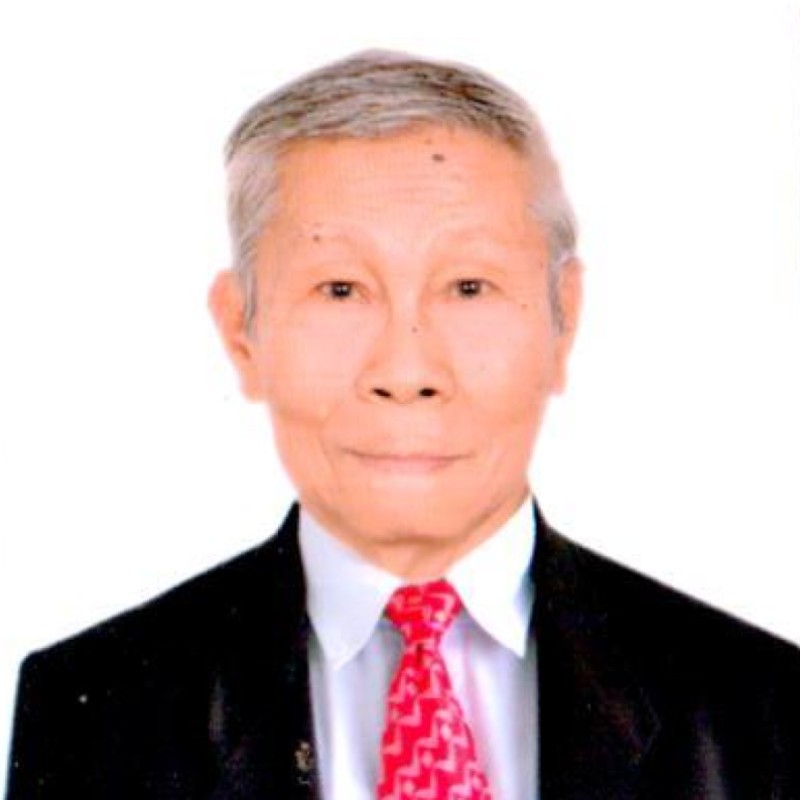GLIMPSES & GAZES
By Severino C. Samonte
Why rainy season is also time for water conservation?
Share
As the Philippine Atmospheric, Geophysical and Astronomical Services Administration (PAGASA) is expected to announce soon the country's official transition from the dry season into the rainy season, the Metropolitan Manila Development Authority (MMDA) has advised the public to conserve water amid the looming threat of the El Niño phenomenon.
Acting MMDA Chairman Romando Artes has been reported urging Metro Manila residents to continue practicing water recycling even during the coming rainy season to mitigate the potential impact of the predicted dry spell.
The MMDA chief said collecting rainwater and saving water already used for washing rice and rinsing clothes, for watering indoor plants and flushing toilet bowls at home could be considered water recycling.
Artes also said the 17 mayors comprising the Metro Mayors Council (MMC) decided in a recent meeting to create their respective task forces to respond to the threats of the predicted dry weather phenomenon.
Earlier this month, PAGASA announced that “recent conditions and model forecasts indicate that El Niño may emerge in the coming season (June-July-August) at 80 percent probability and may persist until the first quarter of 2024. With this development, the PAGASA El Niño Southern Oscillation (ENSO) Alert and Warning System is now raised to El Niño Alert.”
According to PAGASA, "El Niño is known to upset normal weather patterns, bringing heavy rainfall in some countries and dry spells and droughts in others, including the Philippines."
In preparation for such El Niño effects, President Ferdinand R. Marcos Jr. has reconstituted a national government task force that will respond to the looming weather problem.
Presidential Communications Office (PCO) Secretary Cheloy Garafil said the team is mandated "to implement measures to mitigate the impact of El Niño on the country's economy, natural resources, environment, climate change, disaster response, and peace and order."
For his part, San Juan City Mayor Francis Zamora, president of the Metro Mayors Council, said he and his group are coordinating with the Office of the Civil Defense (OCD) and the Metropolitan Waterworks and Sewerage System (MWSS) on recommendations on which major businesses can be requested to reduce or limit their water consumption to cope with the dry spell.
Zamora also said that in San Juan City, he has already issued an executive order cancelling the traditional "Wattah Wattah" festival or water-dousing activities during the coming celebration of the Feast of St. John the Baptist on June 24.
"There will be no traditional water-dousing activities in San Juan City on June 24 amid the possible water shortage due to the looming El Niño," the mayor explained, adding that there will be a “Basbasan sa Makabagong San Juan” where an image of their patron saint will be paraded and priests will sprinkle holy water to the residents and visitors.
Meanwhile, the imminent onset of the rainy season in the country soon is also the best time to remind the people, including all barangay officials nationwide, about the important and nice provisions of a rainwater collection law enacted by Congress in 1989.
Signed by then President Corazon C. Aquino as Republic 6716 on March 17, 1989, it was titled an "Act Providing for the Construction of Water Wells, Rainwater Collectors, Development of Springs, and Rehabilitation of Existing Water Wells in all Barangays in the Philippines."
RA 6716 mandated the Department of Public Works and Highways to construct water wells and rainwater collectors, develop springs and rehabilitate existing water wells in the country's barangays totaling more than 42,000 at present.
During the rainy season, millions of cubic meters of precious water are wasted in Metro Manila and elsewhere in the country.
At the La Mesa Dam in Novaliches, Quezon City, for instance, once the reservoir's water level reaches its maximum level of over 80 meters, particularly during heavy rains and strong storms or typhoons, the excess water overflows to the downstream Tullahan River, threatening residents along low-lying shores of the waterway.
This, in turn, prompts concerned authorities to issue periodic warnings to said residents to be on constant alert for possible floods in their areas.
Comments
About the Columnist

He began his journalistic career by contributing to the Liwayway and Bulaklak magazines in the 1960’s. He was the night editor of the Philippine News Service when Martial Law was declared in September 1972. When the Philippine News Agency was organized in March 1973, he was named national news editor because of his news wire service experience.
He retired as executive news editor in 2003. He also served as executive editor of the Malacanang-based Presidential News Desk from 1993 to 1996 and from 2005 to 2008.
